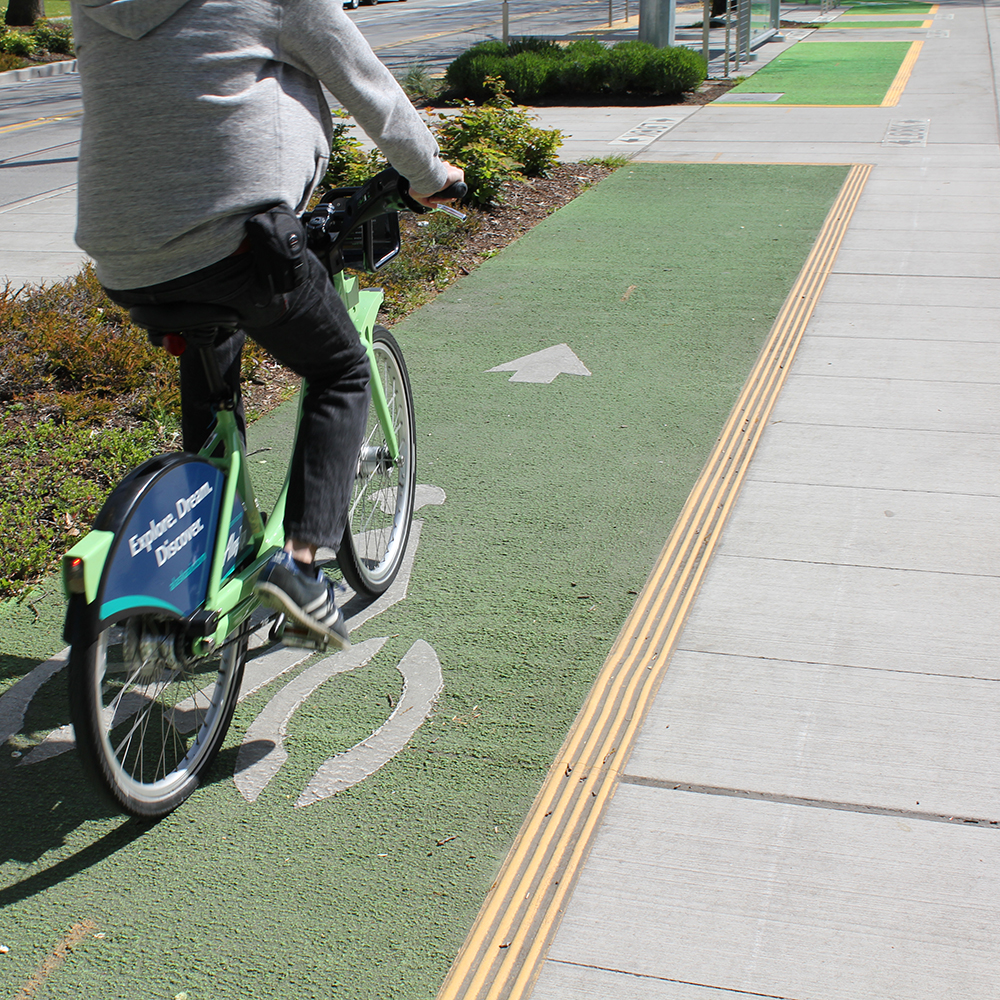According to the Census Bureau’s American Community Survey, the share of Portland employees riding bicycles to work peaked at 7.2 percent in 2014. By 2019, it had fallen to 5.2 percent. The pandemic led to a surge in bicycle sales, and the share grew to 5.4 percent in 2020 but then fell dramatically to a measly 2.8 percent in 2021.
In terms of actual numbers, cycle commuters peaked in 2015 at 23,432, but fell by 57 percent to 9,985 in 2022. People apparently discovered they didn’t like riding in the rain.
These numbers are mirrored by city of Portland’s efforts to count cyclists at dozens of intersections scattered throughout the city. These counts are done at least every three years including 2013, 2016, 2019 and 2022.
The counts show that the number of cyclists grew slightly (0.5 percent) between 2013 and 2016, but declined by 11.5 percent between 2016 and 2019. The drop from 2019 to 2022 was an even more precipitous 34.9 percent.
The 2022 count was down “to levels not seen since approximately 2005-2006,” says the city. For what it’s worth, the report also notes that about two-thirds of cyclists are men, about 80 percent wear helmets.
Of Portland’s 385 miles of bikeways, 171 miles are bike lanes added to busy streets, usually by taking out lanes previously open to automobiles. Another 94 miles are what the city calls “neighborhood greenways” but what I call bicycle boulevards. Most of the rest, 85 miles, are bike paths.
Nearly a third of these bikeway miles were built since 2014. This led the city report to note, “It is easy to argue that Portland’s bikeway network is of higher quality and reaches into more parts of the city than in 2014- 2015 when bicycle commute mode split and the number of people biking to work peaked.”
In addition, in 2016 Portland began a shared bike program that offers 1,500 electric-assist bicycles that people can use throughout the city. It even has a program to subsidize the use of shared bikes by low-income people. Yet only 2,630 people had signed up to use shared bikes, of which 1,403 received subsidies to do so.
“Despite these efforts,” concludes the report, “bicycle use – as reflected in both commute data and the city’s annual counts – has continued to drop.” Evidently, in Portland, just because you build it doesn’t mean people will use it.
This article was reprinted with permission from The Antiplanner, a blog dedicated to ending government land-use regulation, comprehensive planning and transportation boondoggles.

